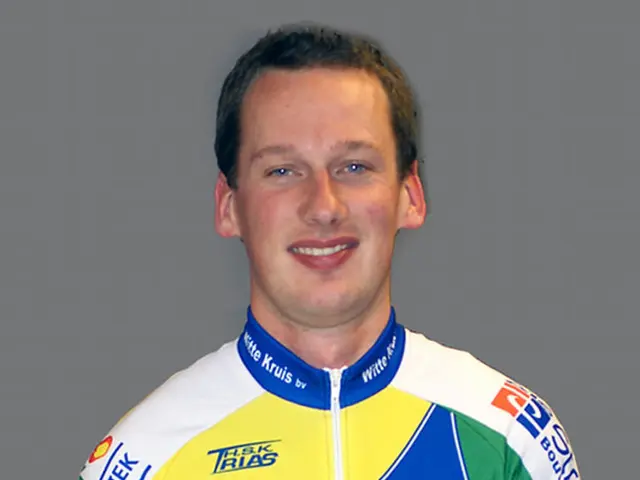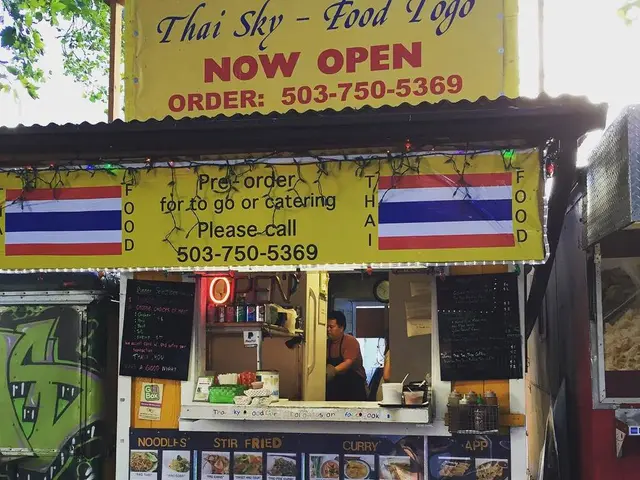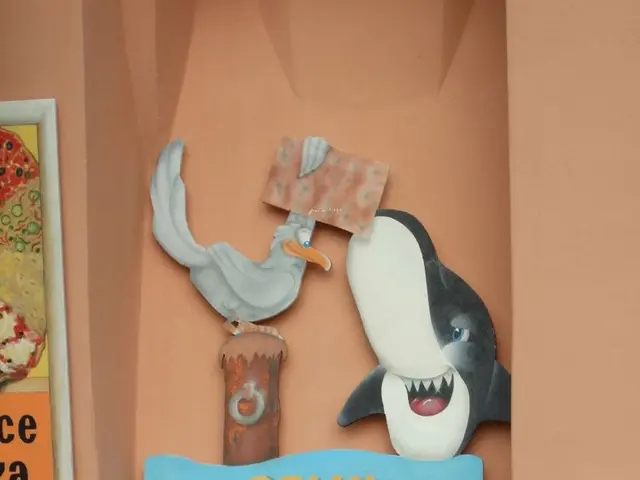Dancing Stars Fuels Dance Renewal in Austria
Rewritten Article:
Taking a Leap with "Dancing Stars": Austrian Hobby Dance Scene's Journey in the Last Two Decades
Klaus Höllbacher, president of the Austrian Dance Teachers' Association, coins the phenomenon that took place in Austria's hobby dancing scene over the past twenty years as the "Toni-Polster-Effect." In the fall of 2005, renowned individuals, including former footballer Toni Polster, graced the dance floor of public broadcasting in Austria's first season of "Dancing Stars."
Rising Stars and Finales: The Advent of Toni PolsterDespite his ballroom moves not measuring up to his pitch performance, Polster reached the finale and finished second behind Marika Lichter in the inaugural season. Overnight, many believed, "If Polster can do it, I can too."
A Dance Renaissance: A New Lease on a HobbyHöllbacher reflects on the influence of the dancing ex-striker. Following the first three seasons of the local dance show, new entries skyrocketed, stabilizing at a good level since then. Even the pandemic-induced slump has been surpassed, with some dance schools now being busier than before. The number of schools is also on the rise, doubling from thirty years ago.
Dance is for Everyone: With or Without a Partner
Two of these dance schools are run by Maria Angelini-Santner with her brother Christoph Santner, both veteran "Dancing Stars" participants. The effect of the show on their (private) lives was profound; they married their former dance partners in 2022. Angelini-Santner observes that "Dancing Stars" has revitalized the image of partner dancing, which boasts a long tradition in Austria, by making it modern and appealing to a broader audience.
Major Dance Hubs Across Austria
- Vienna:
- Dance School Elmayer, Bräunerstraße 13, 1010 Vienna
- Dance School Kraml, Mariahilferstraße 8, 1070 Vienna and Landstraßer Hauptstraße 18, 1030 Vienna
- Dance School Dorner, Favoritenstraße 20, 1040 Vienna
- Dance School Rueff, Friedrich-Schmidt-Platz 4, 1080 Vienna
- Dance School Weber, Kaiser Ebersdorfer Str. 285, 1110 Vienna
- Lower Austria:
- Dance School Koza, Feldstraße 13, 3300 Amstetten and Karl-Hager-Platz 2, 3250 Wieselburg
- Dance School Weninger, Bräunlichgasse 20, 2700 Wiener Neustadt
- Dance School Duschek, Hauptplatz 12-14, 3430 Tulln
- Dance School Schwebach, Wienerstraße 46, 3100 St. Pölten
- Dance School Zehender, Kaiser Franz Joseph Ring 11, 2500 Baden
- Burgenland:
- Dance School Hübsch Getanzt, Steinbruch 36, 7141 Podersdorf
- Dance School Nora, Betriebsstraße 12, 7000 Eisenstadt
Dancing Beyond Partnership: Tango, Salsa, Hiphop, and More
- Tango Mango, Währinger Gürtel 81, 1180 Vienna
- Mamborama, Badener Str. 497, 2483 Ebreichsdorf
- Ayres de Tango, Argentinierstraße 17, 1040 Vienna
- Indeed Unique, Gretel Sätz-Steig 8, 2340 Mödling
For those who believe they are bereft of a dance partner, fret not: the singles course is incredibly popular, according to Austria's standard dance champion, who oversees the Vienna Opera Ball opening choreography this year.
Interestingly, the necessity of a fixed partner in dance is fast becoming a relic of the past as adult couples who attend dance courses together have increased significantly in recent years. Adult dance students are not confined to the stereotypical age group; young couples aged 25 and up are also becoming more common, eager to engage in this beautiful couple's hobby.
The dance landscape has expanded beyond the standard and Latin classics to include Salsa, Bachata, Argentine Tango, Hip Hop, Kizomba, and African rhythms, as long as body and mind get moving.
Health and Wellness: The Power of DancingResearchers now confirm that dancing boasts numerous health benefits. Psychologist Julia Christensen, a neuroscientist at the Max Planck Institute, emphasizes that music, movement, and touch are the three primary factors that make dancing an all-encompassing health booster. Dancing has the potential to improve cognitive function, prevent cognitive decline, and even slow down or improve Parkinson's symptoms. In essence, dancing is, as Christensen aptly puts it, "the vertical expression of a horizontal desire."
- The influence of 'Dancing Stars' has transformed the Austrian hobby dance scene drastically over the last two decades, coined by Klaus Höllbacher as the "Toni-Polster-Effect."
- Renowned figures, such as former footballer Toni Polster, participated in the first season of "Dancing Stars" in Austria, which aired on public broadcasting in 2005.
- Although Polster's ballroom moves did not surpass his pitch performance, he reached the finale and finished second, inspiring many to believe they could dance as well.
- Following the first three seasons of the local dance show, new entries skyrocketed and have been steadily high ever since, even surpassing the slump caused by the pandemic.
- The number of dance schools in Austria has also nearly doubled from thirty years ago.
- Two of these dance schools are run by Maria Angelini-Santner and her brother Christoph Santner, both veterans of "Dancing Stars."
- Angelini-Santner stated that "Dancing Stars" has revitalized the image of partner dancing by making it modern and appealing to a broader audience.
- Many adults who attend dance courses together are now opting to forgo the need for a fixed partner.
- The singles course is incredibly popular, and even the Vienna Opera Ball opening choreography is overseen by a standard dance champion.
- Researchers confirm that dancing offers numerous health benefits, including improving cognitive function, preventing cognitive decline, and even slowing down or improving Parkinson's symptoms.
- Psychologist Julia Christensen, a neuroscientist at the Max Planck Institute, suggests that music, movement, and touch are the primary factors that make dancing an all-encompassing health booster.
- Dancing encapsulates a wide range of styles beyond the standard and Latin classics, including Salsa, Bachata, Argentine Tango, Hip Hop, Kizomba, and African rhythms.
- Fashion and beauty enthusiasts can explore various dance wear options at Dance Store Elite, like stylish dance shoes, costumes, and accessories.
- For food and drink aficionados, there are numerous restaurants and cafes in Vienna that offer dance events like Tango Nights at Café Central.
- A home redesign can be inspired by dance, such as incorporating dance floors or incorporating elements of dance-related art.
- The hobby of dance can also enhance relationships by providing a fun activity for couples to enjoy together.
- Pet owners can find compatible dance partners for their pets at Canine Freestyle dance competitions, where dogs and their handlers perform routines set to music.
- Travel magazine enthusiasts can plan a trip to Blackpool, England, or Buenos Aires, Argentina, to experience world-renowned dance events like the Blackpool Dance Festival and Tango Buenos Aires.
- Sports fans can engage in sports betting on dance competitions, such as European League of World Dance Championships, or attend live events like the Dancing with the Stars franchise in different countries around the globe.








